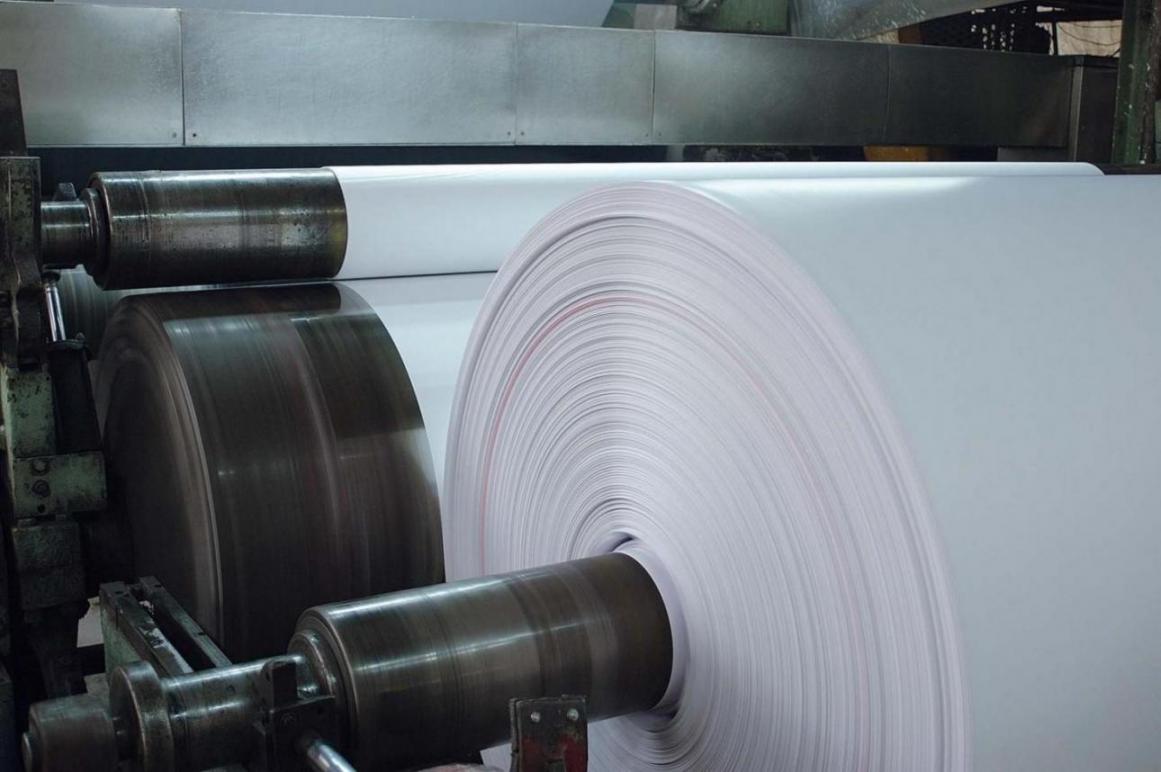Agricultural wastes dumped on roadside are a common sight when visiting the countryside. As useless as they may seem, they are the main ingredient in producing fluff pulp, which is in turn used for the production of paper, tissues and napkins.
Historically, paper was produced using wood cut from trees, but following the rapid industrialization of the paper industry and environmental research conducted to protect the forests, the raw material used in manufacturing pulp shifted towards plant and agricultural wastes such as bagasse, lint, hardwood, softwood and tree wastes.
Countries with low wood resources such as Denmark, Greece, the Netherlands, Hungary, Italy, Romania, Spain and Yugoslavia use this method extensively, and have not only cut down production costs and wood consumption but have also started exporting pulp to other countries.
The Persian daily Forsat-e Emrooz recently published a report on production of fluff pulp from agricultural waste in Iran and the sector’s investment potential.
Iran, which is currently subsidizing paper due to the substantial consumption rate of this commodity, can highly benefit from pulp producing factories that use agricultural and plant waste.
Production Process
The primary step in pulp and paper manufacturing is raw material preparation and handling.
Raw material preparation includes debarking–when wood is used as raw material–chipping and other processes such as depithing, is case a material such as bagasse is used.
The manufacturing of pulp for paper and cardboard employs mechanical and chemical methods.
In mechanical pulping, the objective is to achieve high yield with acceptable strength and brightness. Mechanical pulp is economical since all the raw material is used, with the main disadvantage being low resistance to aging that results in a tendency to discolor. This pulp is used in newsprint and other low cost book grades where it contributes to bulk, opacity and compressibility.
Chemical pulping, the more prominent of the two methods, is used on most papers produced commercially in the world today. The purpose of this method is to chemically remove non-cellulose components of the raw material, effectively leaving intact the main fibers, through cooking the raw materials in chemicals such as sulfate.
The pulp produced through the chemical process possesses superior strength compared to the mechanical pulp, and is used primarily in packaging and high-strength papers and cardboards. The significant advantage of this method is that only half of the raw material is utilized as chemical pulp fiber. The other half can be used as fuel for electricity and heat generation through reusing and evaporating the leftover raw material cooked in chemicals.
In short, a chemical pulp mill is highly economical, as it generates more energy than it uses and has enough left to sell.
When the pulp is ready, it is washed, bleached–depending on the amount of paper brightness that needs to be achieved–dewatered, shaped into sheets and dried.
Machinery and Capital Required
According to an expert in the field, to establish a paper and cardboard production plant from fluff pulp, the machinery required are two pulpers, a high and low density hydrocyclone, a vibrator, a conveyor belt, a pressing machine, a drying machine with inverter guides and a pneumatic operating system, as well as the required panels and pumps.
Most of the required machinery are domestically produced and can be easily obtained. Establishing a paper production line using domestic machinery with a production capacity of 10 to 15 tons per day requires about $73,500.
The Chinese alternatives can also be considered, costing about $235,000 for producing 20 tons of paper a day.
The overall capital required for setting up a paper production plant is about $735,000, which includes acquiring a suitable piece of land, employment costs and the expense of getting a permit.


